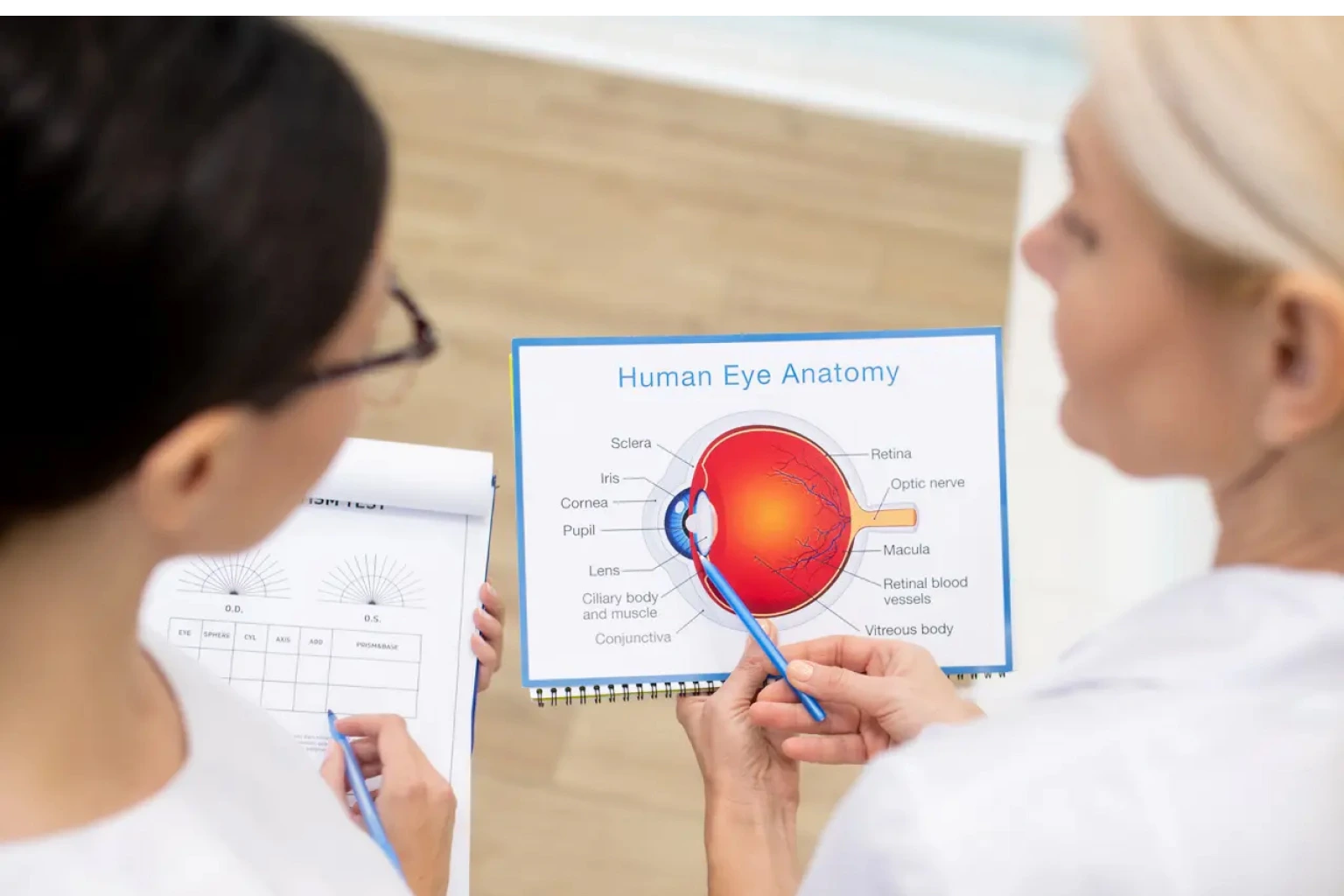About KC
Bringing clarity to KC
Keratoconus, often referred to as “KC,” is a progressive eye disease in which the cornea weakens and thins over time, causing the development of a cone-like bulge and blurry or distorted vision. KC can result in significant vision loss and may lead to a corneal transplant in severe cases.
Know the signs and symptoms to look for
Signs and symptoms of keratoconus can include but are not limited to:
- Excessive eye rubbing
- Mildly blurred vision
- Difficulty seeing at night
- Frequent prescription changes
- Frequent headaches
- Vision that cannot be fully corrected with glasses or contact lenses
- A family history of KC
See what’s really going on when you rub your eyes
Damien Gatinel, MD, PhD, Rothschild Foundation Hospital
A recent survey found that distortion, blurriness, light sensitivity, and eye irritation/pain were the most common vision issues affecting keratoconus patients*
*Glaukos data on file
The potential causes of KC
The exact cause of KC is unknown, but genetics, the environment, and the endocrine system (which includes hormonal changes) could play a role in the development of KC. And, yes, excessive eye rubbing may contribute, too.

Who gets KC?
Keratoconus typically affects males and females alike, but some studies have shown a higher rate in males.
The disease is also found in all ethnic groups with some studies showing higher incidence rates among Asian, black, and Hispanic populations.

Get the Brochure
English

SPANISH / español

Are you seeing the difference?
Drag the slider in either direction to simulate the vision of someone with keratoconus.
Simulation of Keratoconus Patient Vision. Creative Commons Attribution-NonCommercial-ShareAlike 3.0 Unported License. Changes have been made to the original image. Times Square image by Spreng Ben (CC BY-NC-SA 2.0)

